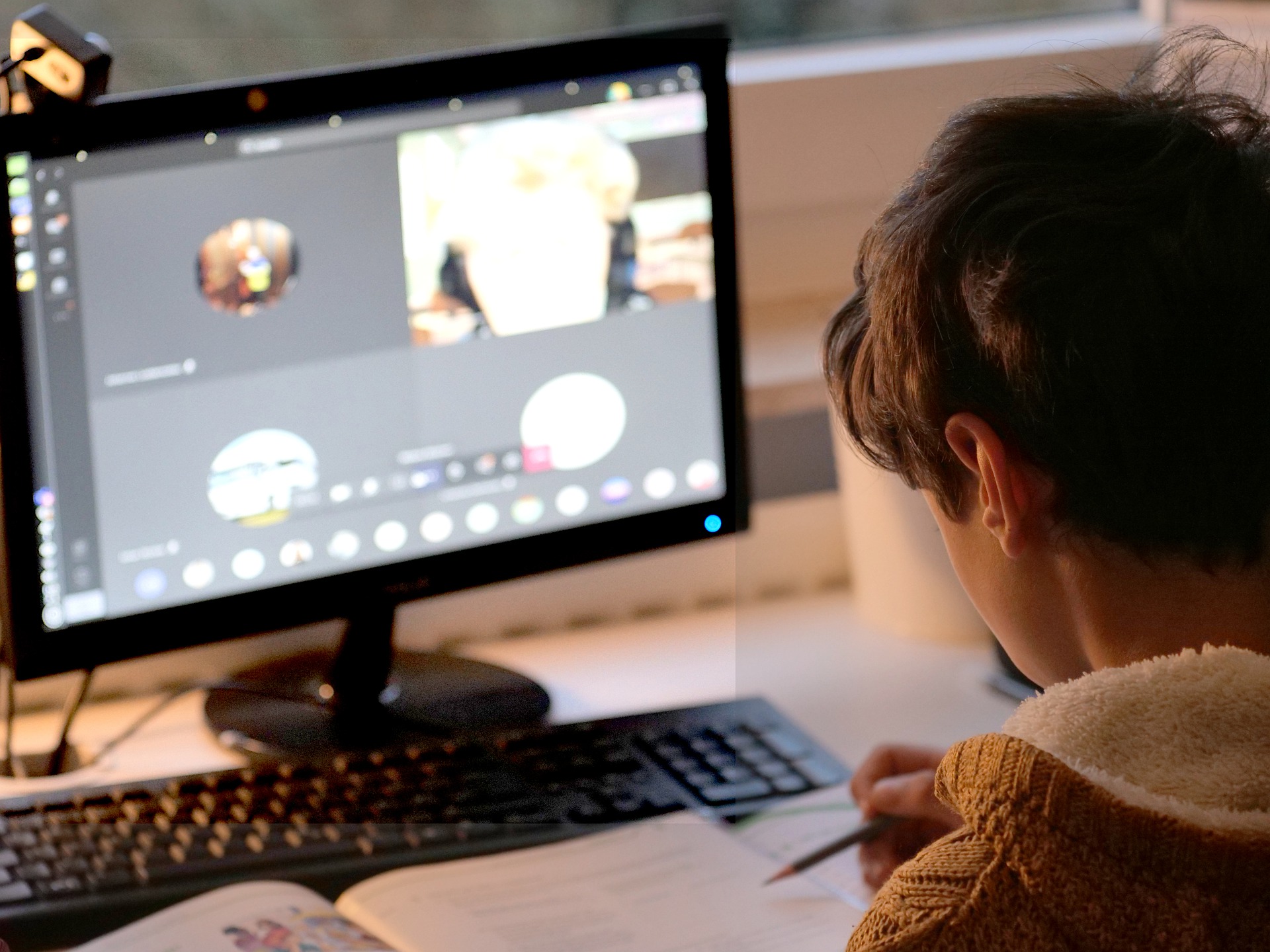In the spring of 2020, the education system around the world experienced a tremendous shake-up. Along with the system, parents whose children switched to distance learning also experienced stress. According to research, 84% of teachers, 73% of children, and 68% of parents experienced the stress of online learning during quarantine. Since neither schools nor universities were ready for it, the transition took place in an emergency mode, and the quality of learning in most cases left much to be desired.
But there was a silver lining: circumstances forced professors from the world’s most prestigious universities, prominent educators, and all teachers on the planet to invest their creative and professional potential into online education. Never before had the scientific community expended so much effort to come up with effective distance learning models.
It’s a good time to remember common stereotypical questions about online education and try to figure out which of them are valid and which are not.
Is online learning less effective than face-to-face learning?
Historically, it has been customary to contrast online and classic face-to-face learning. Over the past decades, scholars have repeatedly tried to measure which format is better. As a result, one can find hundreds of studies claiming that online learning is more effective than classical learning… and just as many scientific studies proving otherwise. There are also financial calculations showing the harm caused by the pandemic to education.
Today, experts agree that comparing online and offline is basically incorrect. Both formats have their undeniable advantages, and the effectiveness will be different for each case. The result depends on the context, subject, learning objectives, personal characteristics of the student, the quality of the educational product and an infinite number of less obvious factors.
The online education market is very diverse – there are massive open online courses (such as StudyCrumb, EdX, Udacity, Udemy), general education platforms, b2b solutions (primarily various LMS), learning mobile apps and computer games, video conferencing tools, virtual classes with teachers, and more. The question “Which is more effective?” makes no sense. It’s more important to understand, “How to properly combine formats and tools to get the best results?”
It is no coincidence that after the first wave of the pandemic, the vast majority of the world’s leading universities announced plans to introduce “blended learning”, when classic face-to-face classes are supplemented by work on an online platform.
This decision is caused not only by the need to prepare for the possible continuation of the pandemic, but also for objective reasons: according to a survey conducted in the United States, 81% of students believe that the use of assistive digital tools significantly improves their performance at university.
In the future, will online be replacing traditional forms of learning?
In the era of life-long learning, when we need to regularly master new knowledge and skills, while having time to work and live, online learning becomes a very important tool. Distance format is convenient for advanced training, development of specific narrow skills, familiarity with new programs and digital tools.
Quickly mastering specific skills came in handy during the time of self-isolation. Representatives of the global educational platform Udemy note that in the first wave of the pandemic, among the most popular courses were lessons on video conferencing in Zoom and virtual team management.
At the same time, many majors require a fundamental education, often with a sophisticated science and technology background. It is unlikely that anyone would want to be treated by a doctor who received his diploma remotely, even if he had trained on the most advanced simulators. It’s also worth talking about studies conducted by the UN, which claim that more than 40% do not have access to the Internet at home.
In addition, classical education has the undeniable advantage of the live contact of the participants. Modern technologies are infinitely far from creating a true “feeling of presence. Charisma of the instructor, non-verbal communication, the atmosphere of the class inspire and engage in the learning process.
A separate difficulty arises with online learning for children. The younger the child, the higher his need for movement, touch and physical, rather than virtual contact with the teacher and classmates. Transferring younger students to “distance” has proven to be the most problematic. Despite the fact that schools will be better prepared for another quarantine (if it happens), online learning in elementary schools is still unlikely to come close in quality to face-to-face learning, simply because a comfortable educational environment for a child involves live communication.
Convenience and low cost – the main advantages of online learning?
Of course, the ability to study at any time and from anywhere in the world is exactly what people who choose to study online in a “non-quarantine” environment think about. An additional bonus is the price: as a rule, distance learning courses are cheaper than their face-to-face counterparts. There are other, less obvious, but no less important advantages.
With the transition to distance learning, many school teachers have noticed an unexpected effect: while most students’ results deteriorated, some, on the contrary, had a breakthrough. It seems that a radical format change can work wonders when the usual teaching comes to a standstill.
Studying online can be done at your own pace. With the ability to return to what they’ve learned at any time, linger on a difficult topic, and quickly skim through familiar material, adult learners spend 25-60% less time studying compared to the classic format.
That said, the low cost and availability of online education has a downside. According to statistics, more than half of those who registered on online platforms never start learning, and among those who started, only 20-60% of users make it to the end. Classic face-to-face courses have a much higher percentage of students who successfully complete their training. Online learning is less personalized, it is easier to ignore, because the student is responsible for the result only to himself, and learning can always be put off “for later.



